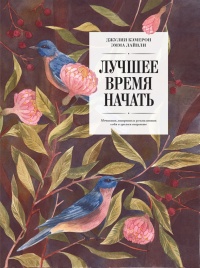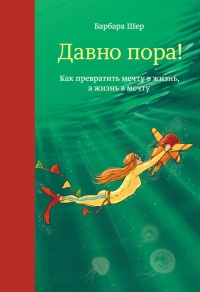Книга Рисуйте свободно! Найти себя с помощью художественного дневника - Барбара Дайан Берри
Читать книгу Рисуйте свободно! Найти себя с помощью художественного дневника - Барбара Дайан Берри полностью.
Шрифт:
-
+
Интервал:
-
+
Закладка:
Сделать
Перейти на страницу:
Перейти на страницу:
Книги схожие с книгой «Рисуйте свободно! Найти себя с помощью художественного дневника - Барбара Дайан Берри» от автора - Барбара Дайан Берри:
Комментарии и отзывы (0) к книге "Рисуйте свободно! Найти себя с помощью художественного дневника - Барбара Дайан Берри"












